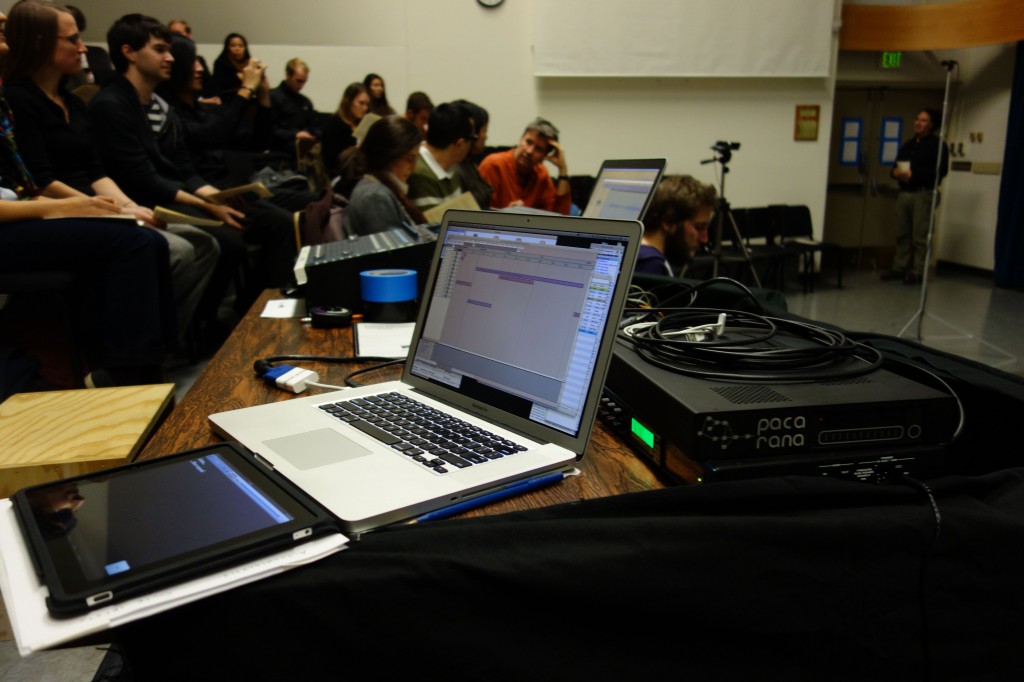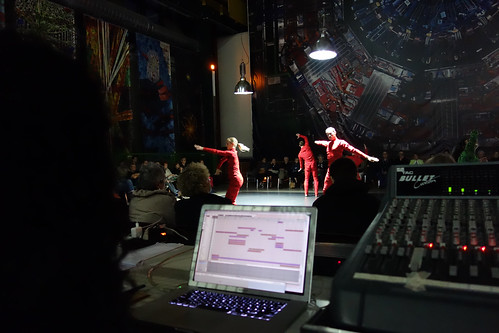Composer/performer Wang Chi performing her piece Magic Fingers for Leap Motion and Kyma:
Category: Event
What if the stars made music
Outdoor Culture presents Sounds of the Night Sky featuring Robert Jarvis‘ sound installation: aroundNorth, opening Thursday 20 February 2014 6.30-9.30 pm at the National Trust Stowe New Inn Farm Buckingham MK18 5EQ
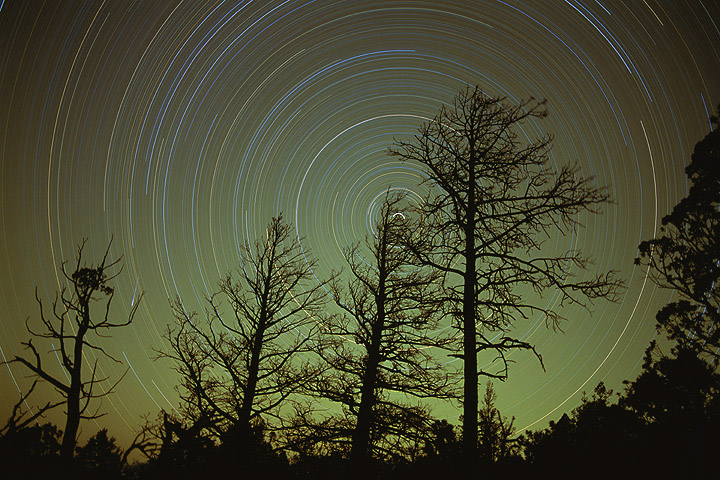
This outdoor event will showcase the premier of Robert Jarvis’ new sound art installation, aroundNorth, a piece that was shortlisted for the 2010 PRS New Music Award.  A multi-speaker sound map of the stars driven by the turning of the Earth, aroundNorth uses Kyma to transform the night sky into a celestial music box rotating around Polaris, the North Star. As each star passes a virtual line in the sky, it triggers a musical note whose qualities are determined by the star’s spectrum, mass, brightness and distance from earth, creating a mesmerising sound map of the universe as viewed from our rotating planet.
Visitors will be accompanied down Bell Gate Drive on foot and into the gardens of Stowe after dark, before entering the semi-wilderness of the newly-opened Lamport Garden where the sounds of moving stars will be created like a giant celestial music box! Dress for the outdoors and bring a flashlight!  Click here for more information and tickets.
Kyma days at Future Music Oregon
Carla Scaletti was the featured guest artist on the 23 November 2013 Future Music Oregon concert at Beall Concert Hall in Eugene Oregon where the audience performed her compositions: Autocatalysis for Kyma and Live Audience (2010) and …odd kind of sympathy for Kyma and Live Audience (2011). The concert also featured Kyma premieres by composers Colin Salisbury, Nayla Mehdi, and Churan Feng and live performances of Jeffrey Stolet’s Theatre of Spheres for Kyma and Colored Spheres and Lariat Rituals for Kyma and Gametrak.
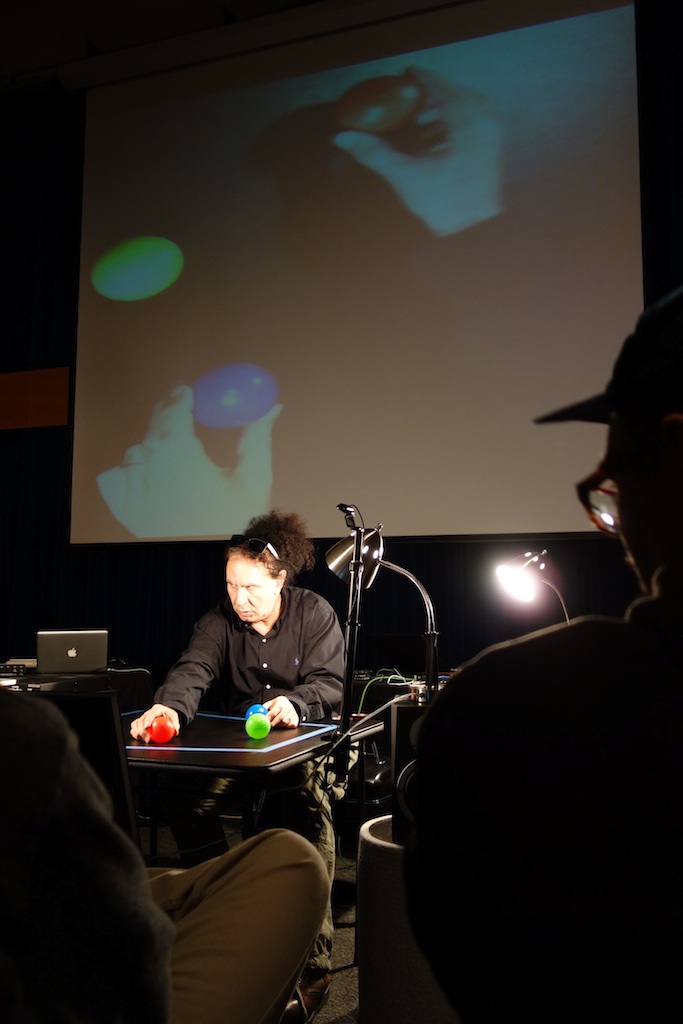
Following the Saturday concert, Scaletti conducted an all-day Kyma sound design workshop on Sunday and presented lectures on data sonification and the score for QUANTUM, a deconstruction of how Kyma was used in …odd kind of sympathy, and an advanced Kyma sound design lecture on the following Monday and Tuesday.
Kyma users from Arizona, California, New Mexico, Washington, and Oregon joined with Jeffrey Stolet’s graduate and undergraduate students in the workshops, hands-on labs, meal-time discussions, and some of the intense dark roast beverage the Pacific northwest is famous for.
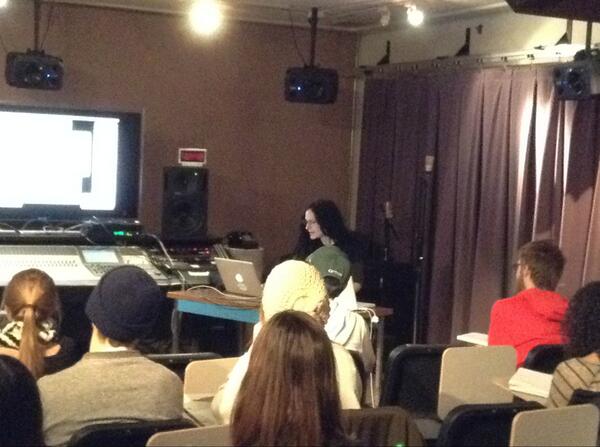
Isikyakar in Ankara

Audio Technologies for Music and Media is an international interdisciplinary conference that focuses on various aspects of audio, audiovisual and music technologies for music and media as well as the relationship between sound, music and image in both ‘traditional’ and ‘new’ media.
Isikyakar will demonstrate how he utilizes Kyma in his work and talk about how Mihaly Csikzentmihalyi‘s nine elements of flow apply to his way of interacting with Kyma. Csikszentmihalyi describes the ‘flow state’ as “being completely involved in an activity for its own sake. The ego falls away. Time flies. Every action, movement, and thought follows inevitably from the previous one…”
You can read Ilker Isikyakar’s abstract in the ATMM 2013 Program booklet.
Mandolin’s Poster Child

John Paul Jones and his triple-neck mandolin are the poster children for this year’s Festival International Mandolines de Lunel. JPJ is scheduled to perform his triple-neck mandolin live with Kyma on the final concert of the festival: Saturday November 2 at 20h45.
John Balcom Scores Big Shot
Composer John Balcom recently completed the score for a new documentary utilizing Kyma as his synthesis tool kit.  BIG SHOT, part of ESPN’s award-winning series 30 FOR 30, tells the story of John Spano’s notorious purchase of the New York Islanders hockey team – which, 4 months after it happened, was exposed as one of the biggest scams in sports history. Directed by Kevin Connolly (E from ENTOURAGE), the film offers the first ever interview with Spano. It’s a pretty incredible story — Newsday called it “a must-watch for anyone with an interest in the power of delusion — both of the self and of others.” The film will be premiering Oct 22nd at 8pm EST on ESPN, and will eventually be available on demand as well as Netflix.
Far more than a sports documentary, the film is, at its core, the story of how a con man pulled off an incredible scam, and much of Balcom’s music speaks to this part of the film. The main instruments used were harp, piano, percussion, and synth, with Kyma supplying most of the synth parts.
When asked why he uses Kyma, Balcom responds, “I find the sound quality second to none. It has become an invaluable tool for me and I find myself using it more and more in my projects.”
Kyma at Musicacoustica Beijing
Three world premieres at the Musicacustica Beijing 2013 festival are utilizing Kyma for live sound generation and processing:
Magic Fingers for Leap Motion and Kyma by composer/performer Wang Chi, a composer and performer whose research and composition interests include data driven instruments and sound design. Chi is also an active translator for electronic music related books, including Kyma and the SOS Disco Club.
The FA Yun An man for Kyma by composer Wang Chunming, associate professor of Zhejiang University of Media and Communications, PhD candidate in digital media at the Shanghai Conservatory Of Music, and Director of the Institute of China Electronic Music.
And Theatre of Spheres by composer Jeffrey Stolet of the University of Oregon. Jeffrey Stolet is a professor of music and director of the Intermedia Music Technology at the University of Oregon where he has installed 5 Kyma teaching and production studios. In addition to teaching Kyma to his composition and sound design students at the University, Professor Stolet also directs the yearly Summer Academy on the UO campus where he welcomes international students and faculty for a two-week intensive course on digital audio, sound design and Kyma. Recently Stolet completed a book on Kyma, entitled Kyma and the SumOfSines Disco Club that is currently available in English and will soon be available in Chinese.
QUANTUM at CERN Open Days

Choreographer Gilles Jobin’s latest creation, QUANTUM, combines movement-generators and interaction algorithms inspired by the four fundamental forces, Kyma sounds based on collision events captured by the ATLAS experiment at CERN, and a kinetic light sculpture that explores resonance and forcing functions. An outgrowth of Jobin’s residency last year at CERN, QUANTUM is an example of what can happen when artists and scientists interact with one another, exchange ideas, and learn about each other’s work. One hundred meters above the beam line of the Large Hadron Collider, against the colorful back-drop of a photograph of the CMS detector, six dancers form and dissolve fluid patterns of vibration and heat, playful non-contact interactions, flowing across the stage like a Bose-Einstein condensate, and bouncing through a bubble chamber, carried along by spinning waves of quadraphonic sound, as lights careen in wave-like patterns above their heads.
You can see the piece performed again, this time in a theatre, from 4 – 8 November 2013 in Paris at New Settings #3 / Théâtre de la Cité Internationale – Paris – France
And again on 14 January 2014 at Bonlieu Scène nationale – in Annecy, France.
More details and credits on Gilles Jobin’s site.
A description in New Scientist magazine;
A review from Le Temps in Geneva;
A radio interview with Gilles Jobin on RTS with excerpt of music;
A preview from Le Courrier
Sound design for Brecht in Porto
Sound designer Luis Aly utilized Kyma to spatialize the sound for a 13-27 September 2013 production of Brecht’s Die Geschäfte des Herrn Julius Caesar (The Business Affairs of Mr Julius Caesar) at the National Theatre of Porto in Portugal.

To create the space, Aly routed eight Kyma outputs across 26 Meyer Sound speakers grouped as: Front of House (10 speakers), Surround House (10 speakers) and Back of Stage (4 speakers) and Inside Stage (2 speakers). The ten actors and live musicians (voice, violin, custom electric guitar and electronics) were all miked and their inputs were mixed in a Midas Heritage 2000 mixing desk, sent to Kyma, and spread in space using reverberation and delay algorithms.
According to Aly, “..with only a few parameters I could move the space, stretch it, shrink it, delay it…Kyma it!!! For a sound designer it’s a dream come true. In this process I thought of what I wanted, realized it very efficiently in Kyma, and the results were amazing!”
Dance of the particles
Choreographer Gilles Jobin‘s newest piece “QUANTUM” was inspired by his 2012 residency at CERN, the world’s largest particle physics laboratory, where Jobin worked with physicists under the auspices of the Arts@CERN program.  For Jobin’s QUANTUM, six dancers will be illuminated by a kinetic light sculpture designed by another Arts@CERN alumnus Julius von Bismarck and sheathed in skin-tight costumes designed by Belgian fashion designer Jean-Paul Lespagnard.  Music for the production, composed by Carla Scaletti using Kyma, incorporates data from the Large Hadron Collider, including the 2012 data with evidence of the Higgs particle (thanks to physicists & inspiration partners Lily Asquith and Michael Krämer of the LHCSound project).
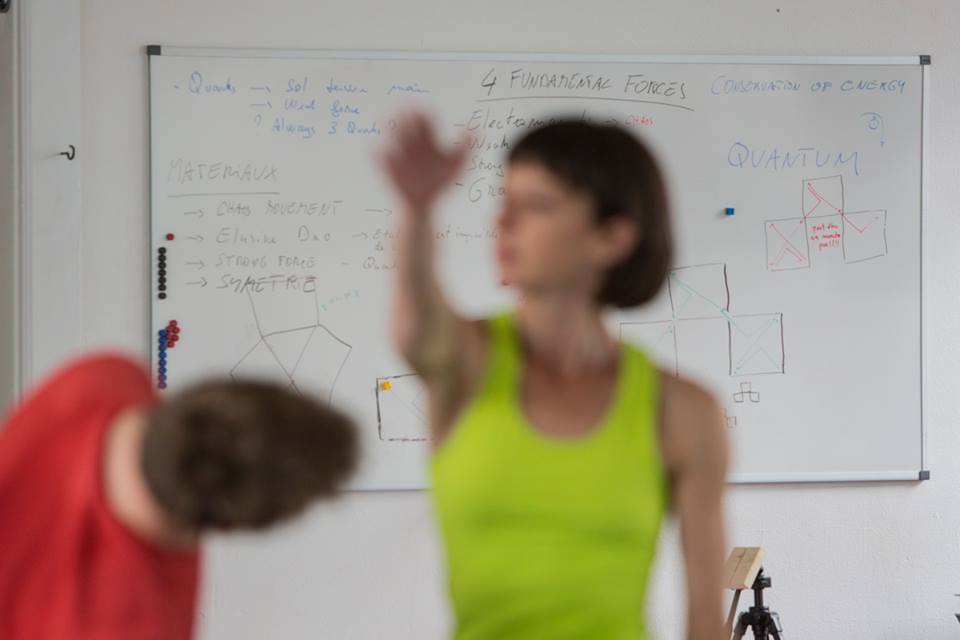 Gilles Jobin’s QUANTUM, in rehearsal during July 2013. Photo: Gregory Batardon
Gilles Jobin’s QUANTUM, in rehearsal during July 2013. Photo: Gregory Batardon
The first performances will take place at the CERN CMS Experiment, directly above the detector where the Higgs Boson was discovered last year. Each evening, from 23 to 26 September 2013, audiences will be transported from Theatre Forum Meyrin to the CMS Experiment for the performance followed by a tour into the entrails of the large Hadron Collider and encounters with the artistic team and CERN physicists. For tickets, visit the Theatre Forum Meyrin site.
On the following weekend, there will be two performances a day as part of the CERN Open Days (28-29 September 2013) at the CMS experiment; CERN Open Days is one of the rare occasions when the entire CERN laboratory is open to the public.
The piece will then go on tour with electronic musician POL running the live Kyma score, beginning with 4 nights at the Théâtre de la Cité Internationale in Paris from 4-8 November 2013.
—
Dancers: Catarina Barbosa, Ruth Childs, Susana Panadés DÃaz, Stanislas Charré, Martin Roehrich, Denis Terrasse
Science advisers: Michael Doser, Nicolas Chanon (CERN physicists) Â
Engineer: Martin Schied
Costumes assistant: Léa Capisano
Production: Cie Gilles Jobin РGen̬ve
In collaboration with: Collide@CERN, Théâtre Forum Meyrin, CERN Expérience CMS
With the support of:  Fondation d’entreprise Hermès dans le cadre de son programme New Settings, Loterie Romande, Fondation Meyrinoise du Casino, Fondation Leenaards, Fondation Ernst Göhner
La Cie Gilles Jobin is supported by the Ville de Genève, la République et Canton de Genève et Pro Helvetia Fondation suisse  pour la culture.  Gilles Jobin est artiste associé à Bonlieu Scène nationale Annecy. Gilles Jobin et Julius von Bismarck ont tous les deux reçu le Prix Collide@CERN 2012.   QUANTUM est développée à partir de la résidence d’artistes Collide@CERN Genève.  Versuch Unter Kreisen a été développée à partir de la résidence d’artiste Prix Ars Electronica Collide@CERN et exposée pour la première fois au Festival Ars Electronica à Linz, Autriche, en septembre 2012.Â